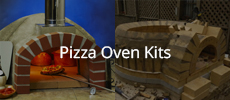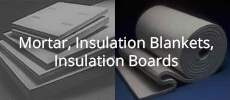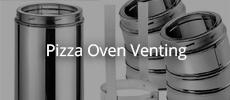Originally posted by Toiletman
View Post
I have 5 x 12 mm (1/2“) rebar lengths that go from the back of the slab 40 mm from the top of the slab to the front of the shelf. The 2 outer on each side have 90 degree bends, to account for the difference in height of the shelf to the slab, and are positioned 40 mm from the bottom of the shelf, and have 90 degree bends at the front to connect with the corresponding rebar on the opposite side. I put some 8mm rebar mesh in the shelf, wired to the rebars.
The center rebar is slightly different in that it has 45 degree bends to account for the different height of the shelf, runs from the back of the slab to the front of the self. I figured the combination of the rebars with 90 degree bends and 45 degree bends would add to the strength.
Formwork for the shelf.
Side view sketchup diagram for the shelf and slab with the rebar positioned. Doing this in sketchup was a really good process. Basically wanted the 30 mm granite that will sit on the shelf to sit flush with the floor of the vent landing bricks.
I have 12 mm (1/2“) rebar at 300 mm spacing 40 mmm from the bottom of the slab running front to back, and side to side, wired together. Tied in with the 8 mm vertical that is concreted into the cinder blocks.
Lastly, on each side of the concrete arch under the front of the slab I have 2 vertical 12 mm rebars that also give support to any forward stress.
I left the formwork and props on for just over a week before removing them, and we had a wet week which worked out well for the curing process.
These additional images are to add some clarity to what is explained before. Hope its clear.
This image shows the side view of the rebar that extends from the front of the shelf to the back of the slab. The rebar with a 45 degree bend is positioned center. The second and third have 90 degree bends, and are positioned more to the side of the shelf. On top of these in the shelf, I wired rebar mesh, not that it was really needed by my calculation, but more that I didn‘t want to regret later not adding it.





Leave a comment: